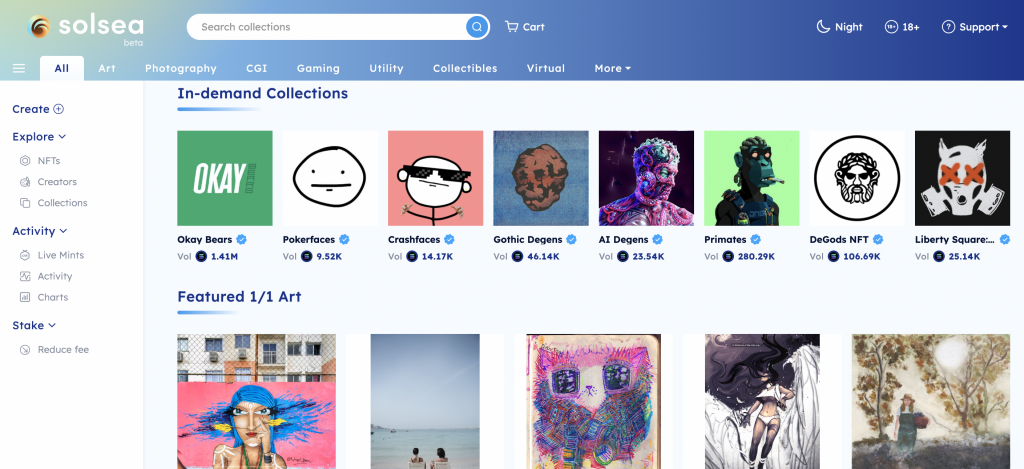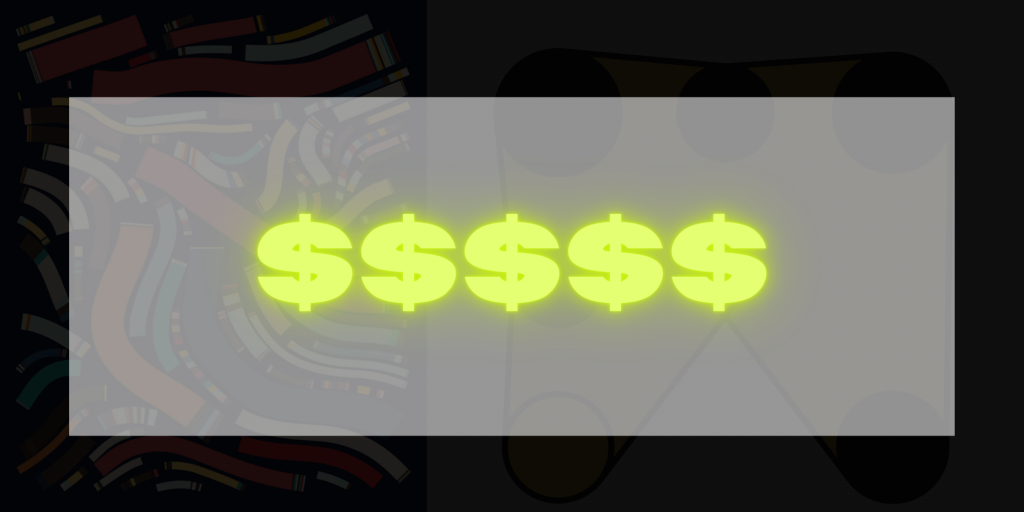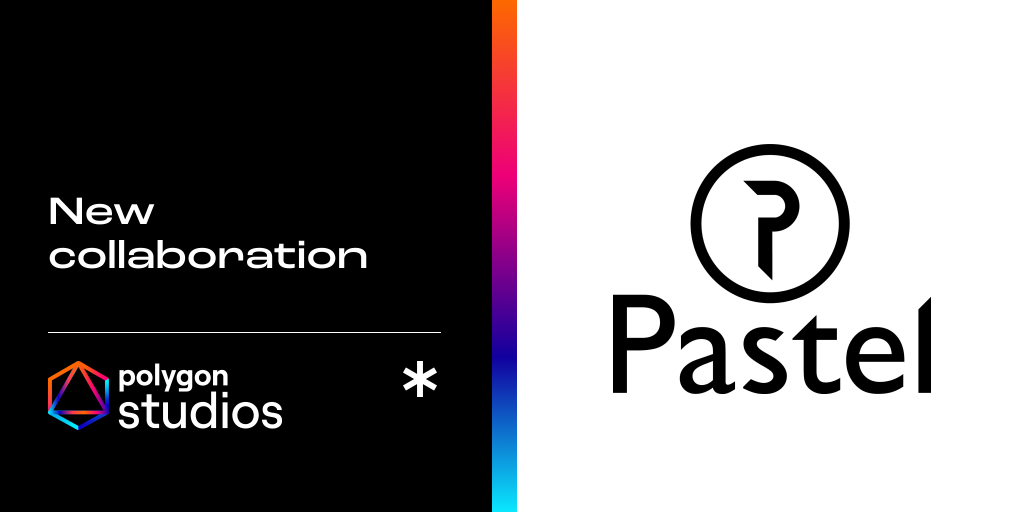July 2022
The Solsea NFT Marketplace Explained (Read Before Using)
More blockchain platforms are coming into existence, continuously evolving the Web3 world. Of course, each claims to be the best of its kind. But, unlike some, Solana’s blockchain network has much to boast about—particularly its NFT marketplace, Solsea. Solana addresses common Web3 challenges, making the blockchain’s secondary marketplace all the more appealing. For example, Ethereum …
The Solsea NFT Marketplace Explained (Read Before Using) Read More »
 The 10 Best-Selling NFT Artists Ever
NFT sales have come a long way since the first-ever mint in 2014. The digital assets mostly began taking the Internet by storm in the midst of the pandemic; people had more time to see what this Web3 malarkey is all about, and more NFT artists began flooding the space. Digital artists like Beeple, Pak …
Pastel Network & Polygon Studios Collaborate to Bring NFT Permanent Storage and Copymint Security to the Polygon NFT Ecosystem
Pastel Network is excited to announce its collaboration with Polygon Studios, the home of NFT, Gaming, and Metaverse projects built on Polygon. Polygon will collaborate with Pastel with the goal of providing Pastel’s Sense and Cascade protocols to its NFT ecosystem. This collaboration signifies the continued successes of both Pastel and Polygon, and is a …


